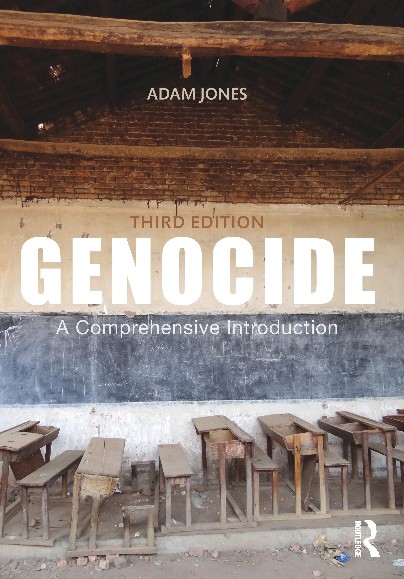"Ravages of Time" Leave Auschwitz Decaying
By Vanessa Gera
Associated Press dispatch on MSNBC.com, February 3, 2011
"The red brick barracks that housed starving inmates are sinking into ruin. Time has warped victims' leather shoes into strange shapes. Hair sheared to make cloth is slowly turning to dust. Auschwitz is crumbling -- the world's most powerful and important testament to Nazi Germany's crimes falling victim to age and mass tourism. Now guardians of the memorial site are waging an urgent effort to save what they can before it is too late. Officials last week launched a global campaign to raise euro120 ($165 million) to create a 'perpetual fund' whose interest can be drawn on indefinitely to repair barracks, watchtowers, crematoria and other structures at the Auschwitz-Birkenau state museum and memorial in southern Poland. The Nazis opened Auschwitz soon after invading Poland in 1939, the act that triggered World War II, using it first as a concentration camp for Poles and political prisoners. As they implemented a plan to exterminate Europe's Jews, Gypsies and others, they built the neighboring death camp of Birkenau. The Germans ended up transporting people in cattle cars from across the continent to the death camp in the heart of Europe, and murdered at least 1.1 million in gas chambers or through other acts of barbarity. Museum director Piotr Cywinski made an emotional appeal for help during ceremonies last week marking the 66th anniversary of the camp's liberation by Soviet troops, as he launched the fundraising campaign. Called 'Intervene Now,' the campaign's message has been spread on Facebook, in newspapers and elsewhere. 'There are no more remains of Treblinka, Kulmhof, Sobibor and Belzec,' Cywinski said, referring to extermination camps that the Nazis destroyed in an effort to hide their crimes. 'Let us not allow the biggest of these death camps -- and the only one that is still recognizable -- to fall into decay due to the ravages of time and our indifference.'
The efforts got a big boost with a donation of euro60 million ($82 million) from a still repentant Germany. Together with a $16.6 million (euro12 million) pledge from the United States and a euro6 million ($8.3 million) pledge from Austria and smaller amounts from other countries, the fund has now raised euro80 million -- about two-thirds of what is needed. The museum plans to start putting the money to use with a massive effort in 2012 to save 45 brick barracks at Birkenau where freezing, starving women once piled together onto hard wooden bunks before being worked or gassed to death. Just a few years ago, visitors could enter all of the barracks. Today only four can be viewed in the best weather conditions, as marshy ground and tourism take their toll. Even those in the best shape have badly buckled floors strewn with loose bricks, walls that are cracked and roofs held up by damp wooden beams. 'We really can't wait any longer,' Cywinski said in an interview with The Associated Press. 'In 10 years, these will be ruins.' [...]"
Thursday, February 03, 2011
Subscribe to:
Post Comments (Atom)















No comments:
Post a Comment
Please be constructive in your comments. - AJ